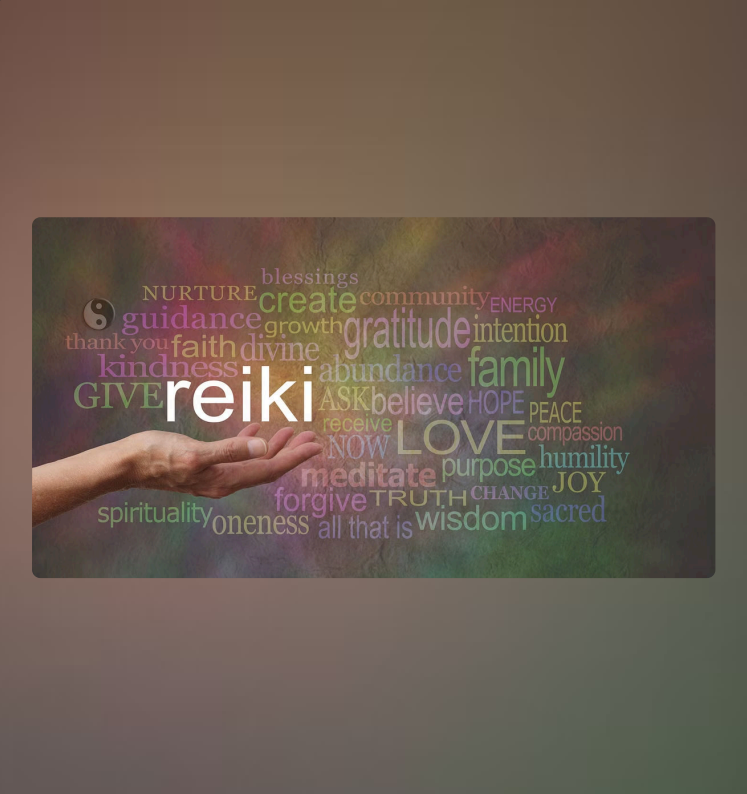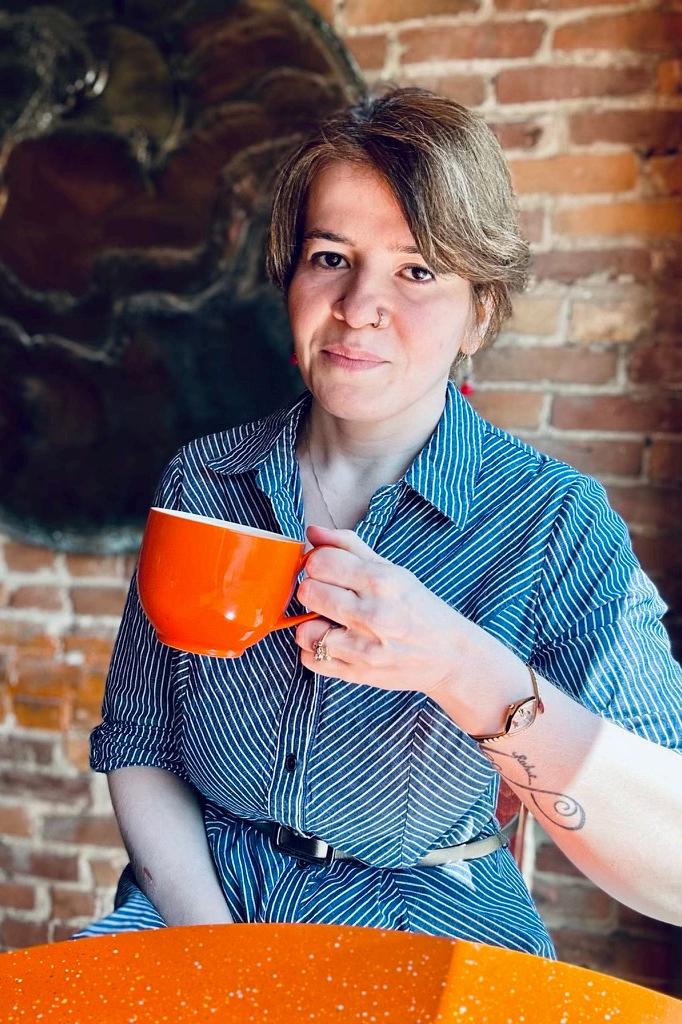Exploring Reiki: History, Popularity, Benefits, and More
Welcome back to Aware Naari, where we delve into holistic practices that
promote well-being and balance. Today, we’re diving into the serene and
transformative world of Reiki—a form of energy healing that has gained global
popularity.

What is Reiki?
Reiki is a Japanese form of energy healing that involves the transfer of universal life energy from the
practitioner’s hands to the recipient. The term “Reiki” is derived from two Japanese words: “Rei,” meaning
“universal,” and “Ki,” meaning “life energy.” This practice is based on the belief that energy flows through all
living things and that balancing this energy can promote physical, emotional, and spiritual healing.

Energy Transfer
Reiki involves the transfer of universal life energy
from the practitioner to the recipient through the
practitioner’s hands.

Energy Balancing
Reiki aims to balance the flow of energy in the body,
promoting physical, emotional, and spiritual healing.
The History of Reiki
Reiki was developed in the early 20th century by Mikao Usui, a Japanese Buddhist. According to tradition,
Usui discovered Reiki during a spiritual retreat on Mount Kurama, where he experienced a profound spiritual
awakening. He then spent years refining the practice and teaching it to others. Usui’s teachings were passed
down through several generations of practitioners, including Chujiro Hayashi and Hawayo Takata, who
brought Reiki to the West in the 1930s. Since then, Reiki has spread worldwide and is now practiced in
various forms and styles.
1
Mikao Usui
Developed Reiki in the early 20th century after a spiritual awakening on Mount Kurama.
2
Chujiro Hayashi
Played a significant role in formalizing Reiki practices and training others.
3
Hawayo Takata
Brought Reiki to the West in the 1930s, spreading its teachings and popularity.

Popularity of Reiki
Reiki’s popularity has grown significantly over the past few decades, with millions of practitioners and
recipients around the globe. Several factors contribute to its widespread appeal: its holistic approach to
healing, accessibility for people of all backgrounds, integration with conventional medicine, and growing
awareness of holistic health practices.
Holistic Healing
Reiki’s holistic approach addresses the body,
mind, and spirit, making it an attractive option
for comprehensive well-being.
Accessibility
Reiki can be practiced by anyone, regardless
of age or health condition, due to its gentle,
non-invasive nature.
Integration with Conventional Medicine
Many hospitals and healthcare facilities now
offer Reiki as a complementary therapy,
recognizing its potential benefits.
Growing Awareness
Increased awareness of holistic health
practices has led to greater acceptance and
interest in Reiki.
Benefits of Reiki
Reiki offers a wide range of benefits that contribute to its popularity, including stress reduction and
relaxation, pain relief, emotional healing, enhanced healing and recovery, and spiritual growth. Many
recipients report a sense of deep relaxation, reduced chronic pain, emotional balance, faster recovery from
illnesses or injuries, and a deeper connection to their inner selves and the universe.
Relaxation
Promotes deep
relaxation and stress
reduction.
Emotional Healing
Helps release emotional
blockages and promotes
emotional balance.
Enhanced Healing
Supports the body’s
natural healing
processes and boosts
the immune system.
Spiritual Growth
Fosters a deeper
connection to one’s
inner self and the
universe.
The Reiki Experience
A typical Reiki session involves the recipient lying down fully clothed while the practitioner gently places their
hands on or near the body in a series of positions. Each position is held for several minutes, allowing the
energy to flow where it is needed. Recipients often describe sensations of warmth, tingling, or deep relaxation
during the session.
What to Expect During a Reiki Session
During a Reiki session, you will lie down fully clothed while the practitioner gently places their hands on or near your body in a series of positions. Each position is held for several minutes, allowing the energy to flow where it is needed. Many recipients report feeling a sense of warmth, tingling, or deep relaxation during the session.
During a Reiki session, you will lie down fully clothed while the practitioner gently places their hands on or near your body in a series of positions. Each position is held for several minutes, allowing the energy to flow where it is needed. Many recipients report feeling a sense of warmth, tingling, or deep relaxation during the session.
Becoming a Reiki Practitioner
Interested in practicing Reiki? Reiki training is typically divided into three levels or degrees: First Degree
(Shoden), Second Degree (Okuden), and Third Degree or Master Level (Shinpiden). Each level involves
learning specific techniques, receiving attunements to open energy channels, and mastering advanced
practices for those who wish to teach Reiki.
1
First Degree (Shoden)
Students learn the basics of Reiki, including hand positions and self-healing techniques, and
receive their first attunement.
2
Second Degree (Okuden)
Students learn to send Reiki energy over distances, receive additional symbols, and receive a
second attunement.
3
Third Degree (Shinpiden) or Master Level
Students who wish to teach Reiki and perform attunements receive the Master attunement
and learn advanced techniques.
Conclusion: Louisville and Kentucky
Reiki offers a transformative journey of self-discovery and
healing for the body, mind, and spirit. Its holistic approach
helps promote stress relief, emotional balance, and overall
wellbeing. Reiki also fosters a deeper connection to one’s
inner self and the universal energy, supporting spiritual
growth.
Encourage readers to continue exploring the world of Reiki
and holistic healing.

